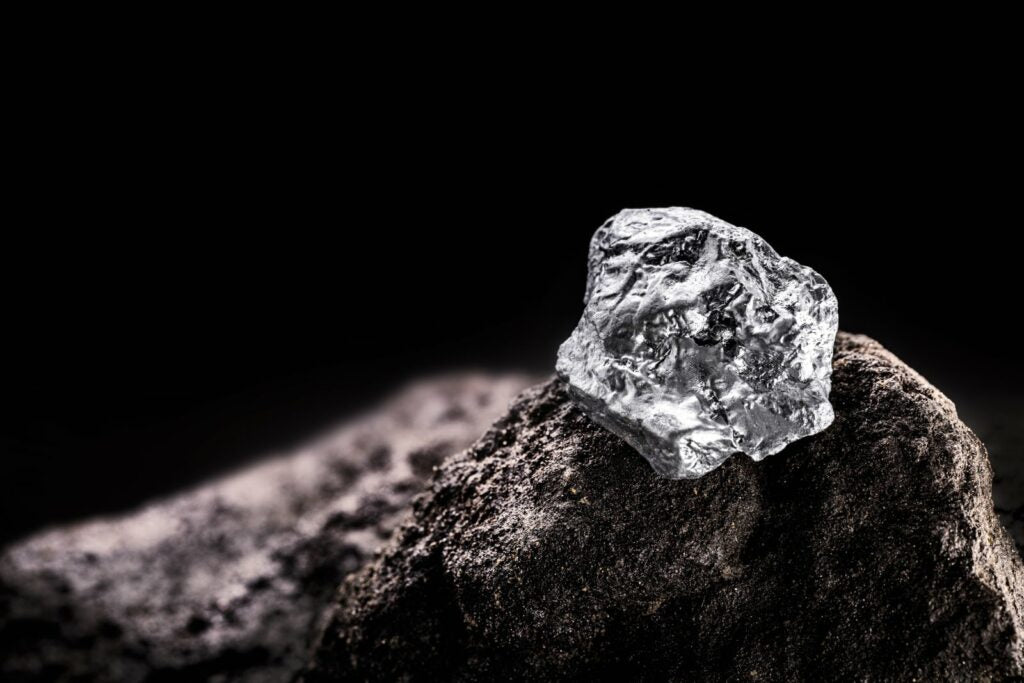More precious than gold, platinum never ceases to be the center of attention and desires of many jewelry enthusiasts. Indeed: in recent years platinum has gradually gained more and more interest, precisely due to some characteristics that make it even better than gold, from different points of view. Today we see what the peculiarities of this precious metal are , starting from its composition, its history and its strengths

PLATINUM: WHAT THE NAME MEANS AND HOW IT IS MADE
In the West, platinum, compared to gold , has a rather recent history . But some populations have extracted and used this precious metal for a long time: we are talking about the Inca populations, beyond the ocean. It is therefore not surprising that a import platinum into Europe it was precisely the Conquistadores, or rather those Spanish adventurers who set out on several occasions to conquer the Americas. At first glance, however, this new metal did not particularly impress the Spaniards, who not surprisingly chose to call it "platina" or "small silver", already underlining with this name the limited value recognized in the discovery.
It was therefore the French who "discovered" the unique characteristics of platinum in the 17th century: we are talking about the very rich court of Versailles, where pomp reigned supreme. From year to year, given the favor of the rulers themselves as well as the nobles who populated the court, the platinum it became increasingly central, eventually becoming the only precious metal worthy of Louis XIV , who went down in history as the Sun King.
WHERE PLATINUM IS FOUND
Platinum is a rare metal , much more than gold: consider that 150 tons of platinum are extracted annually, compared to 1,500 tons of gold. This precious metal is found both in its native state and in an alloy with iridium. It is known that approx three quarters of the platinum present worldwide is located in South Africa ; very detached, the Russia and the second largest platinum producing country , followed by North America.
THE CHARACTERISTICS OF PLATINUM
The platinum color is known: it is a silvery-yellow metal, decidedly brilliant. Ductile and malleable, it is not altered by water or air, being as resistant as gold to processes such as tarnishing and corrosion.
Who is considering purchasing platinum jewelry you must also know that this metal is by nature hypoallergenic, and that it maintains its color stably over time, without undergoing variations in terms of fading or discolouration. Certainly small scratches, signs of normal wear of the jewel - typical for example on rings and faiths – they can slightly engrave this metal, without however affecting its beauty, on the contrary, giving a natural and uniform finish to the jewel. Furthermore, cleaning and refinishing the jewels, so as to restore them to their original state, is absolutely not excluded.

GOLD AND PLATINUM: THE DIFFERENCES
It was seen that the platinum is rarer than gold . Generally speaking, it is possible to confuse platinum with white gold at first glance. But in reality platinum has a more silvery finish, and in any case less opaque. It must also be said that white gold has the disadvantage of discoloration towards yellow, as well as the necessary plating; platinum, for its part, does not require any plating, and is not afraid of discoloration.
And again, it must be said that typical 18k gold has a purity level of 75%, whereas Platinum used in jewelry is generally 95% pure .


